Australia So Much to See


Copyright (C) 2013 AustraliaSoMuchtoSee.com. All rights reserved
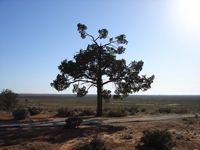
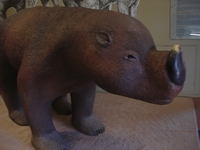
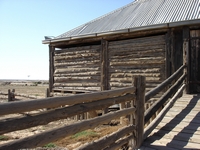
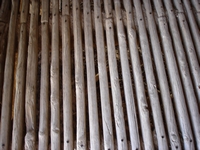
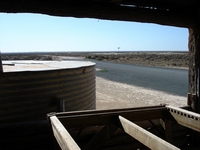
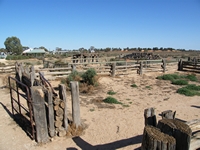
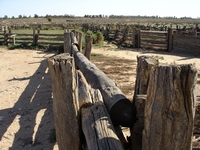
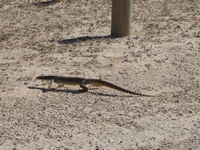
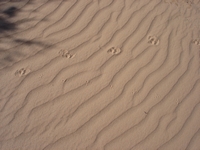
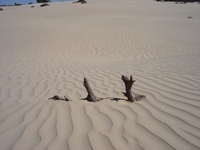
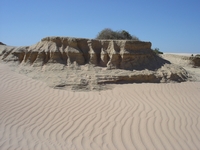
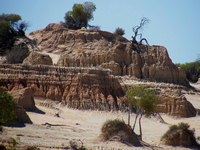
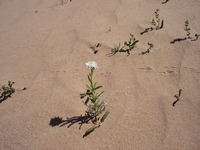
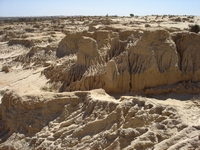
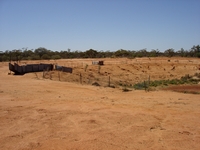
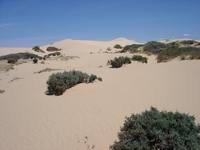
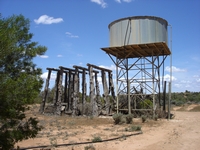
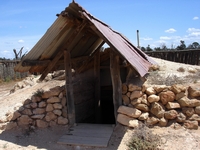
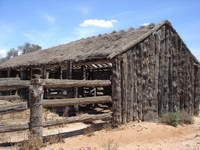
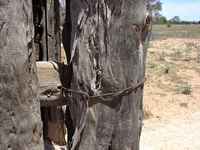
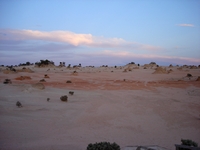
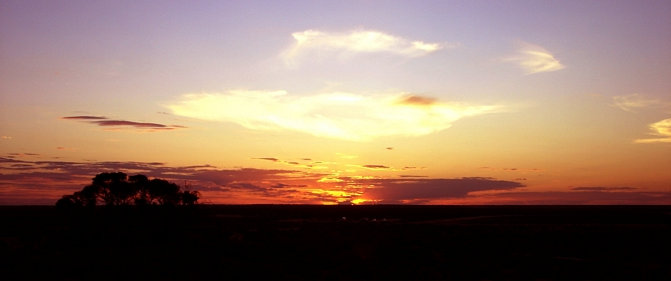
Mungo National Park - the birth of civilisation
Visiting Mungo
Accessing the park is weather dependent, with roads being closed during wet weather. The seventy kilometre
loop road around the lunette is particularly subject to water damage and closure. In dry weather the drive is easy, and although
a four wheel drive vehicle would be preferable on this narrow sandy track, in most cases it is not necessary to engage four wheel
drive. In summer days can be very hot, and in winter, nights very cold, so come prepared according to the season.
When you approach Mungo, Main Campground is a large flat camp ground maintained by Parks NSW, and it is suitable for caravans.
Amenities consist of pit toilets, water tank, picnic tables and fireplaces. Rubbish bins are provided, including recycling bins.
A semi enclosed picnic shelter has a coin gas barbecue. The small Belah camp ground is the far side of the lunette in a woodland
setting and is more suited to tents or small campers and pit toilets only are provided. Campfires are not permitted at Belah.
$5 per person per night fees apply at both campgrounds. Hot showers are available free at Visitor Centre 2.5 kilometres from
the Main Campground.
National Park entry fee of $8 per vehicle, or seasonal pass, applies to Mungo National Park.
Pay at park Visitor Centre if you don't have a seasonal pass. There is some bunkhouse style accommodation in the old shearer’s
quarters near the visitor centre, but this needs to be pre-arranged. Otherwise nearby private accommodation is available near
the National Park at Mungo Lodge.
Dowload self drive brochure Driving the Mungo Story
A short walk from the Main Campground is a lookout over Lake Mungo with explanatory information boards, and a picnic area. This
can also beaccessed by vehicle from the Balranald Road.
From the lookout on the Balranald Road, near Main Camp, overlooking
the
expanse of Lake Mungo. The lunette is in the distance across the lake to
the left side of the picture. A lone White
Cypress Pine stands like a sentinal on the edge.
The Meeting Place (Visitor Centre) has displays of cultural, geological and
fossil history of Mungo and is the place to start your
tour. Read how the landscape was formed. Study the history of the lake through the ages. See the history of mega
fauna found around Mungo. Learn how the 120 º Geomagnetic Excursion was discovered from the baked earth and clay
remaining in
ancient fire beds. Find out how the first ceremonial burial known in the world was found here at Mungo. See the recreation
of footprints in the clay of the lake bed. Read about the significance of the Mungo area to the Aboriginal people and to the
scientific community.
Returning to the campground, watch the friendly kangaroos come around the campground to graze late in the afternoon, then return to
the boardwalk at the lunette to watch the sunset light up the formations in the sand.
Nearby is the Mungo shearing shed and adjoining sheep yards, constructed in 1869 using locally cut Cypress Pine by Chinese labourers. Stands
of White Cypress Pine were heavily logged for station buildings and fences, as they were not only the local timber, but the White
Cypress is a termite resistant timber. The last shearing at this shed took place in 1978, just before the National Park
was declared. The shed was initially a thirty stand shed in the days of hand shears, but in most recent times was a six stand
shed with an electric shearing plant.
Looking from the shearing shed to a windmill at a dam out on the lake bed, with the lunette on the far horizon.
A signed walk
takes you onto the lake bed then climbs the red dune of the
western shore which holds the last of the once extensive forest of WhiteCypress Pine and mallee.
A visit to Mungo is certainly a unique experience; one we nearly missed out on when looking at all the places we wanted to visit on
a diminishing time frame. It was due to a chance meeting with another caravanning couple in Mildura who convinced us that Mungo
was the must-see of them all, that we went to this amazing place.
It is a short drive from the visitor centre across the lake bed to the lunette at the “Walls of China” where layers of coloured sand
have eroded away to expose delicately sculptures castles of sand and clay. Two viewing areas have walkways over the sands.
From here you can view these ancient fragile and delicate sandcastles being exposed in the lunette by the winds of time. If your timing
is right, you can join a guided tour from the Meeting Place, to gently walk on these ancient sands, and learn about the discoveries
of ancient Aboriginal culture. Look for tracks in the sand left by dingoes, emus, rabbits and various reptiles. These
sculptures in the sand have only been uncovered during the past 100 to 150 years, since denudation of the lunette by grazing farm
animals has allowed the erosion that has uncovered this moonscape, and the other archaeological discoveries. Late in the day,
return to the viewing platform to watch the setting sun colour the glowing sands.
Returning to the loop drive from the Walls of China car park, continue on to Red Top, passing a dam where wildlife can sometimes be
seen. Here you will cross the lunette. Stop and walk to a short boardwalk to see the array of formations sculptured by the elements.
Down from the lunette, the track follows through light woodlands, with a picnic area called Rosewood Rest, while across the track
is a good stand
of Belah. A little further along Sugarwood trees with drooping green leaves are a haven for Red Kangaroos’
that graze on the grasslands. Next a variety of mallee trees create light scrublands in the red sand.
At Allan’s Plains during the floods of 1956, people water skied on the lake
formed over these usually very dry plains. At Mallee
stop, tussocks of porcupine grass form an understory. Take a short walk and enjoy nature. Watch for lizards as you walk
through the sand.
Belah campground is in a woodlands area and is suitable for those not towing who want a more remote
alternative to the Main Campground.
Fires are not permitted at any time of the year but gas stoves may be used for cooking.
Round tank is another old dam, this one with remnants of a fence built to trap feral goats coming to drink at the dam.
A little further along the track a short deviation from the loop drive goes to Vigars Wells, and the site of an old coach stop where
the coaches once crossed the lunette. The old wells remain, but they are caving in.
Here the shifting sands are evident.
The sparkling white sands of the lunette are moving eastward at the rapid rate of three metres per year. The dune at this point
is steep and rises to thirty metres above the surrounds.
Back on the loop drive, the track follows the ridge between Lake Mungo and Lake Leaghur, which are part of the chain of lakes once
formed by Willandra Creek.
The track then crosses the northernmost tip of the lunette where it can be noted that the western
shoreline of Lake Mungo is predominantly red sands whereas the dune to the eastern side of the lake is predominantly white.
Crossing the lake, the vegetation is bluebush and saltbush, and was extensively grazed by sheep prior to the creation of the National
Park.
The track follows along an old sand spit through the lake bed to the old Zanci Station Homestead site. A shed formerly used as stables has been constructed out of local cypress pine drop log structure and held in place with wire. The thatch roof has been preserved by covering with wire netting. The woolshed was constructed in 1922 from materials from the demolished wool room at nearby Mungo station.
At the homestead site an underground room has been preserved. This dugout was built to escape the relentless heat of summer
for the Vigar family. Walk down the steps into the tiny room and feel the difference.